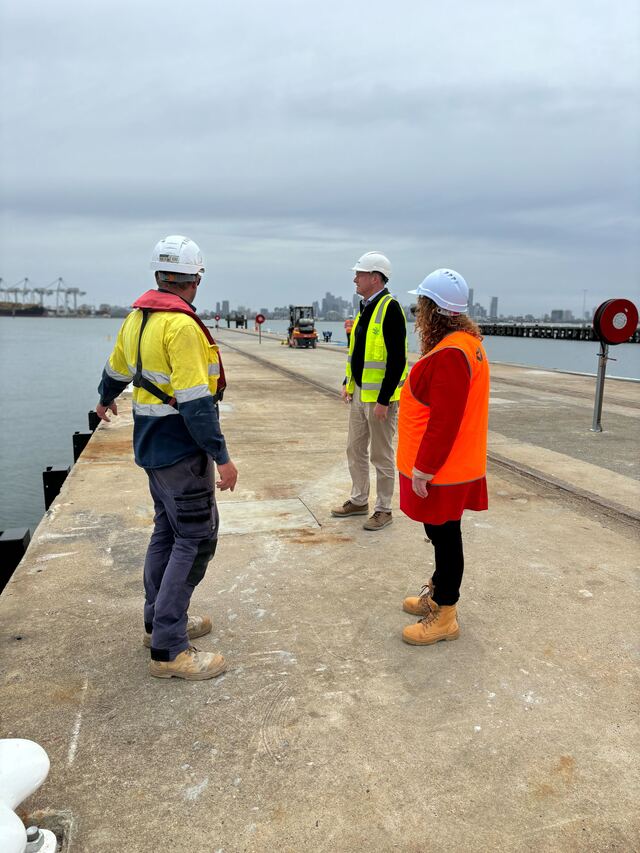New analysis shows cities on Australia’s east coast, including Maribyrnong and Hobsons Bay, would endure at least twice as many sweltering days above 35 degrees by 2050.
These are the projections of new findings from the Climate Council of Australia, which mapped the effects of climate change across the country.
The results are based on whether nations take no action to reduce emissions, meet their current commitments to cut emissions, or go further and take “necessary” action to reduce the impacts of climate change.
It shows that if Australia sticks with their existing climate commitments, Maribyrnong and Hobsons Bay could experience 15 days above 35°C by the year 2090, this is an increase of seven days.
The analysis is based on data from the Commonwealth Scientific and Industrial Research Organisation (CSIRO) and Bureau of Meteorology’s Climate Change in Australia project, which collates temperature observations and scientific research from across the country.
Climate council chief executive Amanda McKenzie said climate pollution is rapidly turning up the heat in Australia.
“Whether we live in cities or regional towns, all Australians are sweltering through even hotter days and killer heatwaves,” she said.
“If we don’t take further steps now, some neighbourhoods and communities will become so hot people will struggle to live there.”
Climate Council research director Dr Simon Bradshaw said the projections do not take into account the new urban development in Melbourne’s rapidly growing west.
“We know that good urban planning is essential to managing the risks of extreme heat, and that poor design can exacerbate the heat impacts of climate change, he said.
“The inland suburbs of our cities are often warmer than the inner city due to a variety of geographical factors, including being further from the coast.
“Poor quality housing and lower incomes, leaving people unable to cool their homes may further exacerbate the problem.”
Mr Bradshaw said it is essential that new developments do not repeat the planning mistakes of the past.
“Communities are designed to be as resilient as possible to rising temperatures,” he said.
“This means plenty of vegetation and shade, thermally efficient homes that can be kept cool, good public transport, and readily available cool refuges, such a public libraries, for anyone who may be otherwise unable to escape the heat.”







